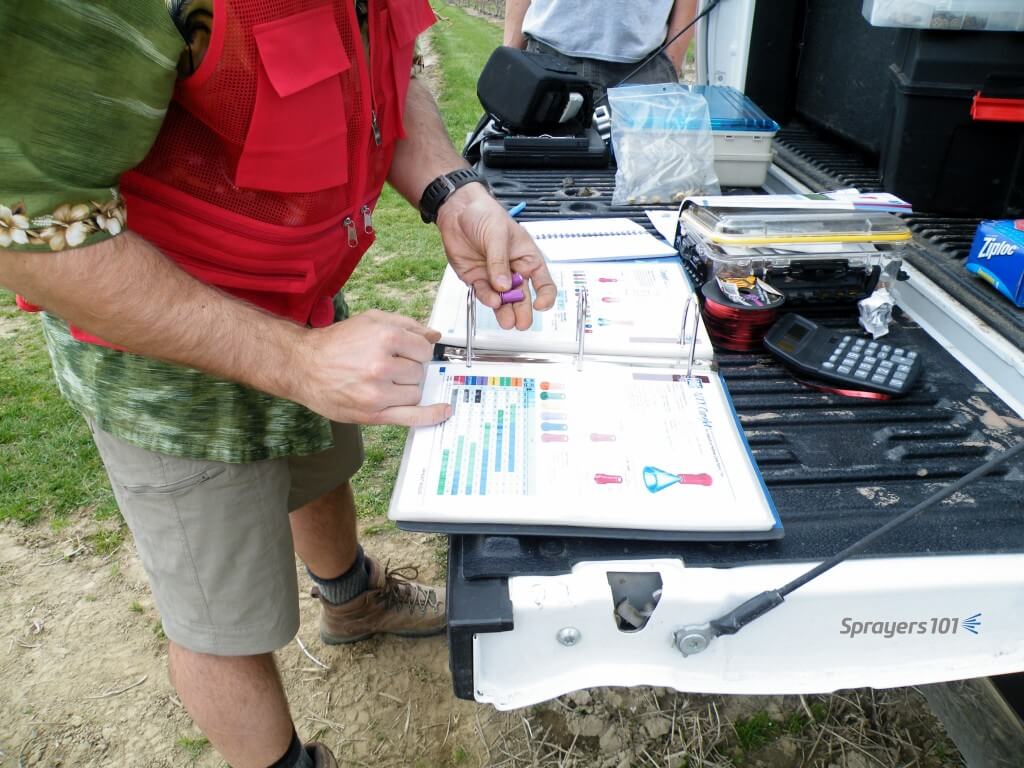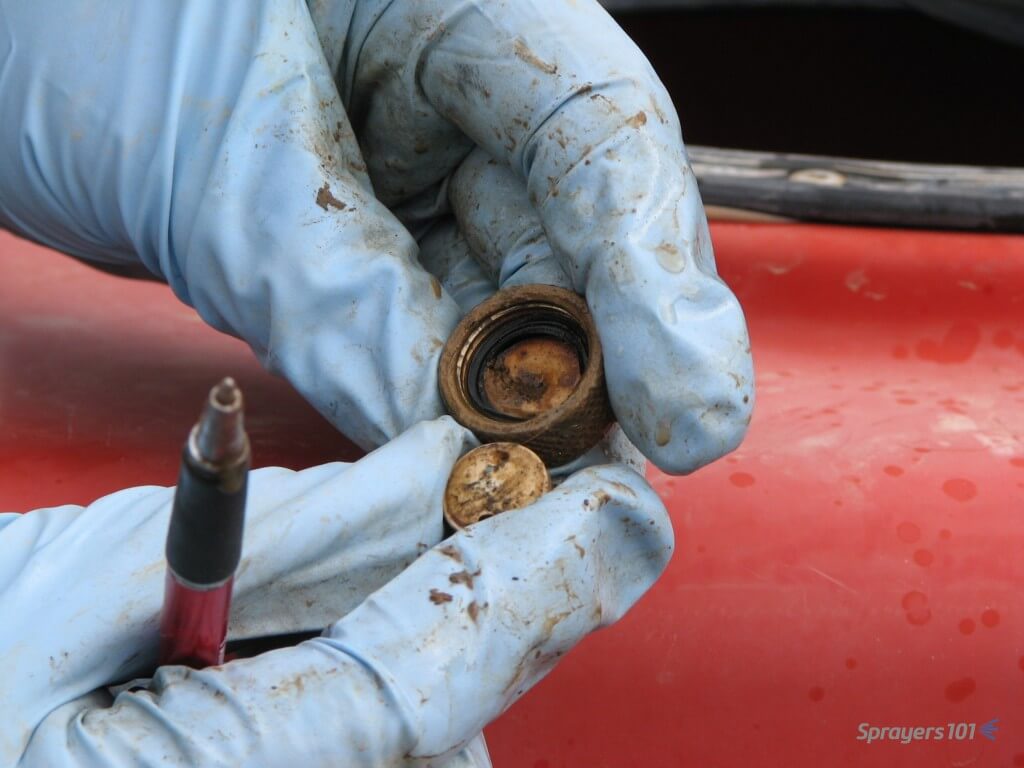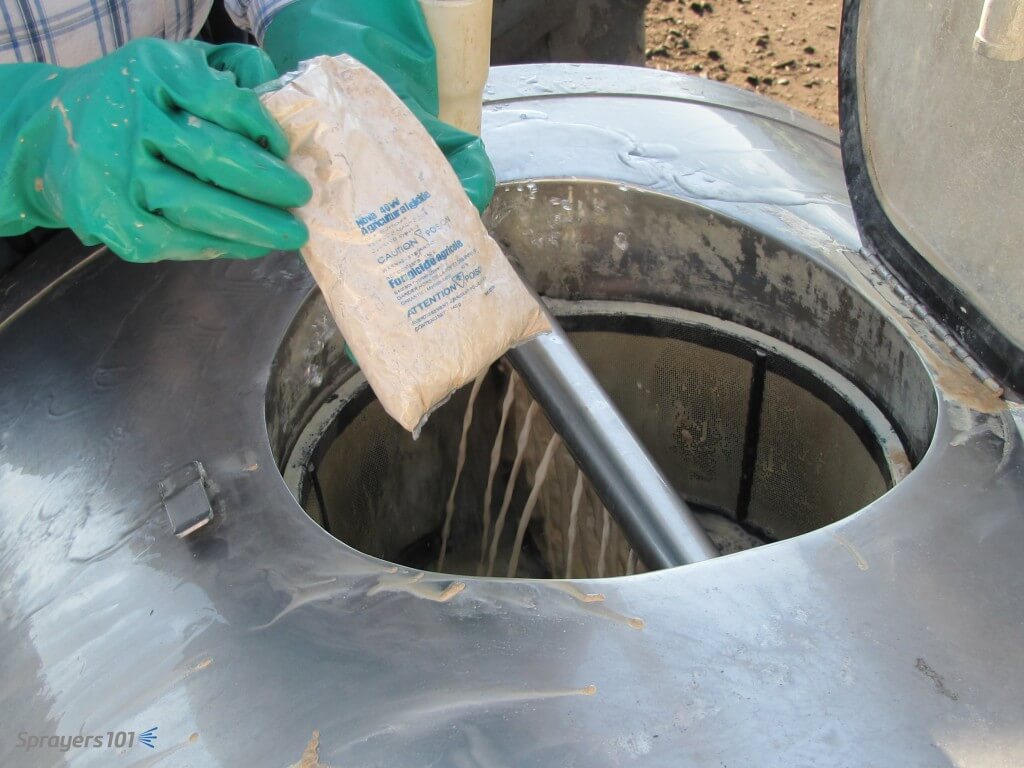
In April 2014, NDSU extension published an excellent factsheet explaining what thermal inversions are, how to detect them and how they affect pesticide spray drift. That factsheet inspired this article. The Atmosphere The Earth is surrounded by a layer of air called the atmosphere. Think of it as a sheet of liquid percolating and flowing […]



